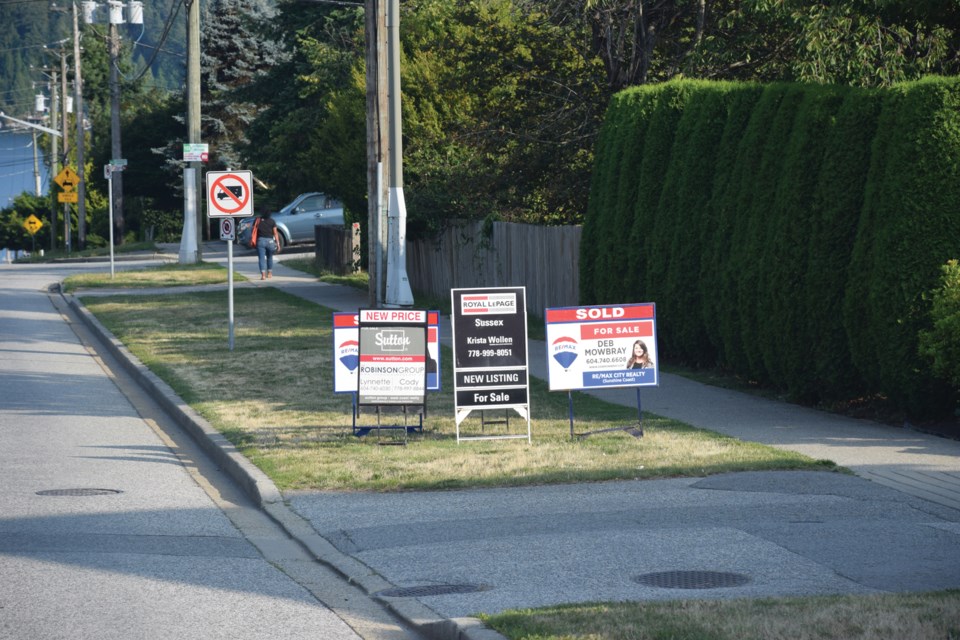Gibsons council is expected to vote Nov. 19 on whether to move forward with a 40-unit supportive-housing project on School Road.
BC Housing requires both zoning and Official Community Plan (OCP) amendments to build the facility on Town-owned property at the site of the old RCMP station at 749 School Rd.
One of the concerns raised at a packed public hearing on the project last month was the potential impact on property values in the neighbourhood, which consists mainly of single-family homes and condo units.
The owners of one nearby home told the hearing they ended up pulling their property from the market after getting no offers despite a $90,000 price reduction.
A recent study released by BC Housing as part of its “community acceptance” research series suggests property values are not negatively impacted by nearby non-market housing projects, including supportive housing.
The property value case studies look at median assessed value for properties around 13 projects during the first five years after they opened.
The researchers focused on the median assessed values for the “most common residential form” in the surrounding neighbourhood. For example, if a project was in an area of predominantly single-family detached homes, the analysis looked at property values for detached homes.
BC Housing also said it chose to rely on assessed values as opposed to sales data because the BC Assessment figures “are based on market value. Market value is the most probable price at which a property would sell in a competitive market.”
Three of the 13 case studies looked at supportive housing developments of a similar size to the one proposed for Gibsons: Alouette Heights in Maple Ridge, Coast Dunbar Apartments in Vancouver and Willowbridge in Kelowna.
BC Housing said properties within a 200-metre and 500-metre zone around those projects saw increases in value that were the same or greater than the overall trend for the community.
“This suggests the introduction of non-market housing, such as supportive or affordable rental housing, does not affect residential property values,” the report said. “Global and local economic factors are the main drivers of residential real estate trends rather than the introduction of non-market housing to the area.”
The property values case studies follow an earlier report looking at neighbourhood acceptance after the first six months of operation for seven supportive-housing buildings on the Lower Mainland. It found more than 80 per cent of supportive-housing residents reported an improvement in “overall well-being” since moving in and project operators reported “improved community relations.”
The Hightide supportive-housing project in Sechelt, which opened earlier this year, was not included in either report.



